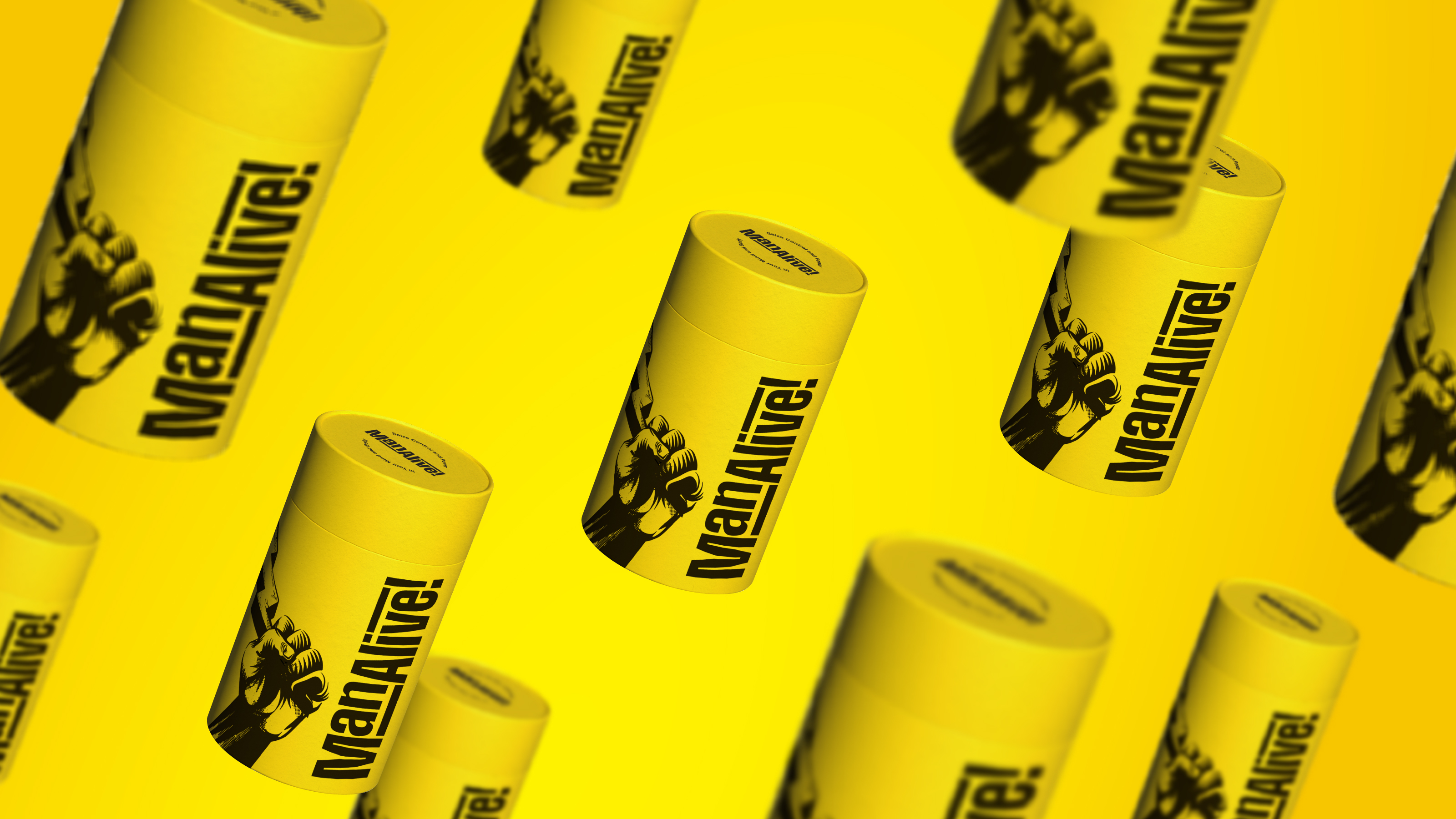Think back over the past few years and pick a design project you’ve been involved in. Maybe you were involved in a rebranding exercise. Maybe you oversaw an interiors fit-out; perhaps it was a service design project that changed the way your stakeholders engage with you. Did the project go well? How do you know? Which measurements did you use to assess the success of the project?
So often, when it comes to design, we measure success in a very narrow way. We measure whether the project was delivered on time and to budget; we measure whether the design works or not.
But are we ambitious enough with our objectives? Do we consider the transformational aspects of design? Do we analyse data afterwards to understand the impact it has had? Do we ask searching questions at the beginning of a project to really understand what can be achieved? In most cases, the answer is no; we focus our energy on the tick-box deliverables instead, which means that we are missing out on a significant opportunity.
Good design is all about problem solving, and so the best way to measure the success of a design project is to ask whether the problem has been solved. If the project has been a success, you will probably barely remember the problem, and a few other ones will have been solved at the same time too. All too often, however, we assess design by the wrong metrics.
It’s important that we assess design properly, because if we ask the right questions we often discover that the impact of design more than covers its costs – whether that’s in revenue generation or in cost-savings – and that’s before we measure the more intangible benefits around engagement and behavioural change.
Take the work carried out by Barber & Ogerby/MAP and Universal Design Studio for the Science Museum in London. They were asked to create a new fundraising desk for the museum; donations were low and there were problems with the entrance because visitors were unclear where they were supposed to go for information. The designers’ creation forged of stainless steel was produced on time and to budget; it works beautifully and has turned heads ever since it was installed. But the real success factor in this project is that donations went up by 80%. The designers’ extensive research of visitor traffic meant that the visitor experience was transformed, and the entire project was in profit soon after completion, the design work having been paid for by increased donations in the first four months after installation.
‘When we were made aware of the increase in visitor donations, it made us realise that we often didn’t know what impact our work has had,’ the designers told me. ‘But now, impact is a key question for us. And it’s enabled us to demonstrate to other clients that money spent with us is an investment, not a cost.’
Design is too often seen as ‘unmeasurable’, too intangible to assess without holding a large number of focus groups. We think of design as being subjective, and so we don’t attempt to justify it financially. Design can be measured, and doing so can pay huge dividends. Once design is understood as a problem-solving investment that can deliver tangible benefits, rather than a ‘nice to have’ cost, then organisations will be able to use design to make real improvements.
Having a conversation about outcomes should be a priority at the start of any design project. Designers that talk in terms of outcomes demonstrate their commitment to design that is effective, to meeting objectives rather than simply fulfilling a brief.
Effective design should enable change. And change is generally required when things aren’t going so well: costs are too high; engagement is low; services are not working properly. Imagine presenting a design project to the management and being able to demonstrate how goals would be achieved with hard facts instead of soft description? Imagine if you could present statistics on employee or citizen engagement, of positive feedback from other stakeholders, of significant cost-savings, all through design solutions. Imagine if you could demonstrate that design is not a cost but an investment – and an investment with demonstrable return?
The truth is that you can. But you need to ask the right questions, set the right objectives and work with designers that are as committed to design effectiveness as you are.
Original article by Gemma Townley – Director of External Affairs, Design Business Association.
